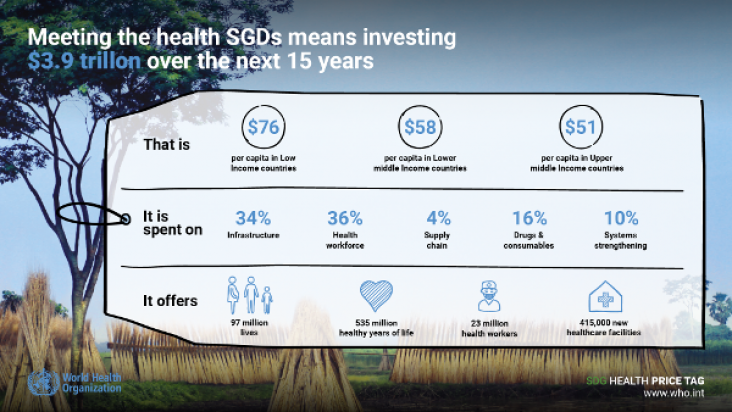This chapter advances SDGs 3 and 11 by addressing the challenges of promoting personal and population health from the different vantage points of biomedical, biopsychosocial, and social ecological models.
Elsevier,
International Review of Research in Developmental Disabilities, Volume 52, 2017, Pages 37-74
This content addresses SDGs 3 and 10 by examining the effectiveness of intervention trials that target the development of friendship, peer networks, and discrete social skills (e.g., engagement, social initiations) in young children with ASD using both single subject research designs (SSRDs) and randomized controlled trials (RCTs).
Elsevier,
International Review of Research in Developmental Disabilities, Volume 52, 2017, Pages 141-174
Conversations about inclusive education have dominated discussions within the field of severe disabilities for more than four decades. Parents, educators, advocates, policymakers, researchers, and other stakeholders have all wrestled with—and vigorously debated—a progression of intriguing interrogatives. This content addresses SDGs 3 and 10 by addressing peer support arrangements as a promising and practical approach for supporting students with severe disabilities to access the myriad social and learning opportunities available within inclusive secondary school classrooms.
This book chapter addresses goals 3, 12, and 15 by exploring how combining the knowledge derived from traditional medicinal practices with modern science creates endless possibilities for drug discovery and the use of plants in the treatment of a wide array of conditions.

Background The ambitious development agenda of the Sustainable Development Goals (SDGs) requires substantial investments across several sectors, including for SDG 3 (healthy lives and wellbeing).
Background Urban transport related exposures and practices are associated with a significant burden of morbidity and premature mortality, which could be prevented by changing current practices.
Background Data for on-demand pre-exposure prophylaxis (PrEP) are scarce. We implemented a cohort study to assess its efficacy, safety, and effect on sexual behaviour.
Megacities contain at least 10 million people whose wellbeing largely depends on ecosystem services provided by remote natural areas.

How can innovations in chemistry, energy, and biotechnology jointly be applied in low-resource settings for the benefit of a community?
This LabLinks meeting combines the expertise in the applied biosciences of Trends in Biotechnology, Joule’s interest in both scientific and sustainability developments in energy, and Chem’s focus on basic chemical science with relevance to the United Nations Sustainable Development Goals.
Elsevier,
Journeys of Embodiment at the Intersection of Body and Culture, The Developmental Theory of Embodiment, 2017, Pages 201-256
This chapter advances goals 3 and 5 by examining how the adult women can recapture physical and mental freedom, empowering relationships and membership in equitable communities.
